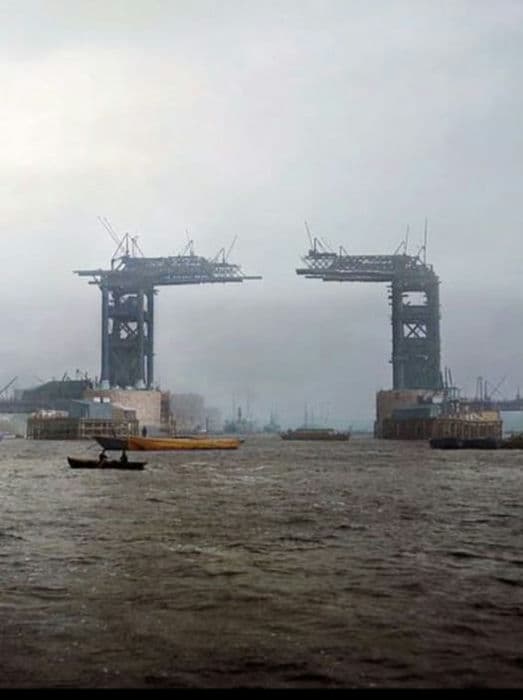
Tower Bridge, an iconic symbol of London, stands tall over the River Thames. Its distinctive Victorian architecture and engineering marvel have captivated audiences for over a century. Let’s delve into the fascinating story of its construction.
- A Victorian Vision: The decision to build a new bridge across the Thames at London Bridge came in the late 1800s. The existing bridge was struggling to cope with increased traffic, and a new structure was needed to accommodate the growing city.
- A Bridge of Two Parts: Tower Bridge is a unique design, consisting of two towers connected by two horizontal walkways. The central section of the bridge can be raised to allow ships to pass through. This innovative design was a necessity to maintain access to the docks.
- Engineering Challenges: The construction of Tower Bridge was a massive undertaking, involving cutting-edge engineering techniques for the time. The towers were built using hydraulic power, a relatively new technology that allowed for precise control.
- A Symbol of Progress: Tower Bridge became a symbol of Victorian progress and engineering prowess. Its construction was closely followed by the public, and it quickly became a popular tourist attraction.
- A Wartime Role: During World War II, Tower Bridge played a crucial role in London’s defence. It was used as a pedestrian crossing point when the nearby London Bridge was damaged by bombs.
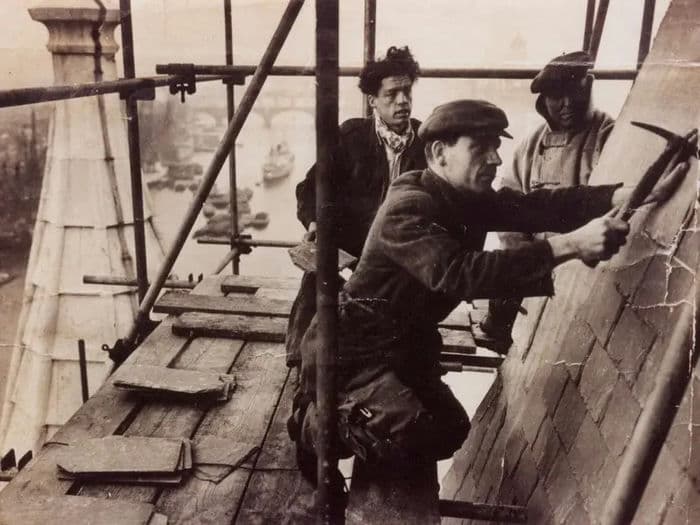
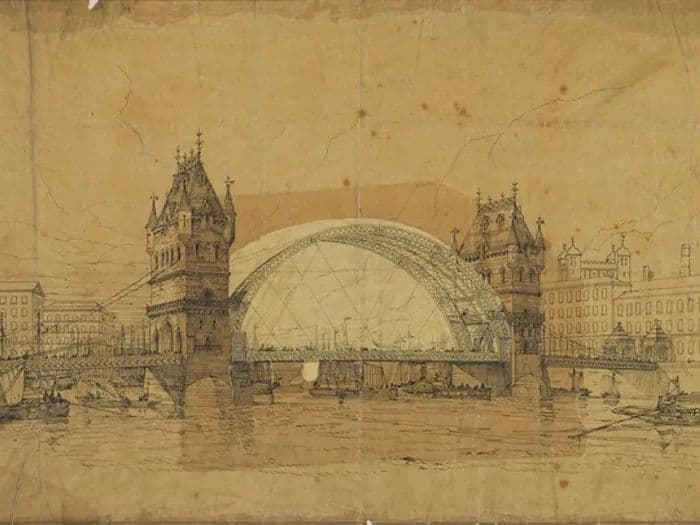

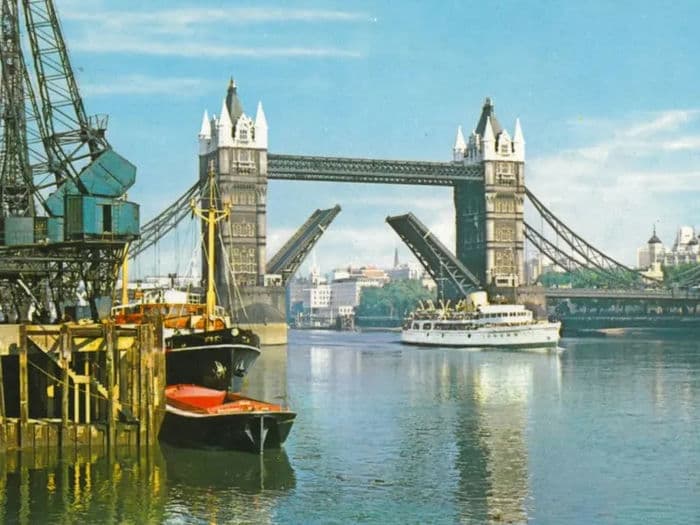
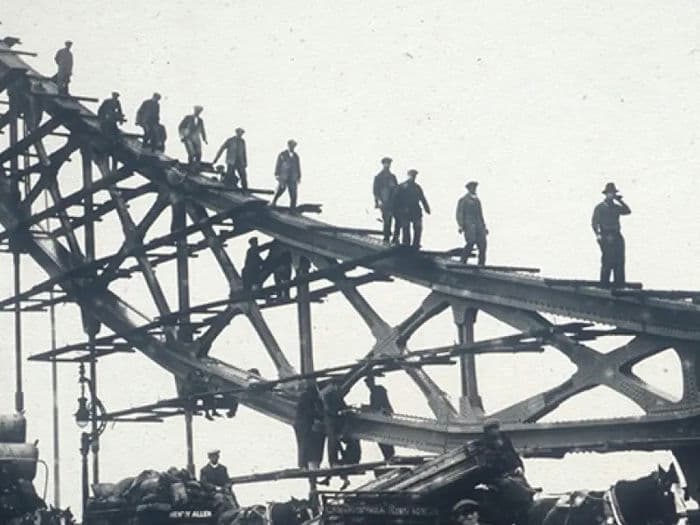
Tower Bridge is a testament to the ingenuity and skill of Victorian engineers. Its construction was a remarkable feat, and the bridge continues to be a beloved landmark.
Have you ever visited Tower Bridge? Share your experiences in the comments below.
